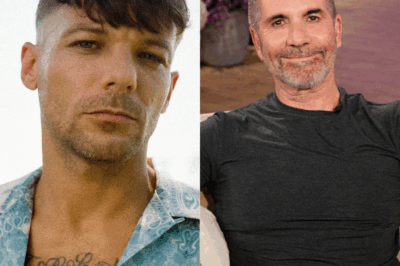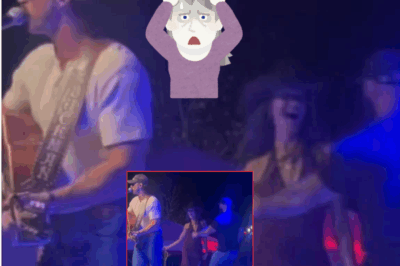She once ruled both country and pop charts with that unmistakable smooth alto. Now, Anne Murray spends her days far from the stage, but her impact on music and her loyal fans hasn’t faded one bit.

Long before crossover hits were the norm, Murray was breaking boundaries. The Nova Scotia native made history as the first Canadian female solo artist to reach No. 1 on the U.S. charts with her 1970 breakout “Snowbird.” It was supposed to be a regional success. Instead, it launched a career that would span decades and earn her four Grammys, countless Junos, and the kind of fan devotion most artists dream of.
But in 2008, after a 40-year run, Murray stepped away. No farewell tour. No tearful televised goodbye. Just a quiet decision to retire. And that’s exactly how she likes it.
“I’ve done it, and I’ve moved on to another chapter in my life,” she told CTV Atlantic during a recent visit to her hometown of Springhill. These days, her schedule includes working with a trainer twice a week, playing golf, and swimming to stay healthy. “When you get to be my age, it takes a lot to keep you upright,” she joked. “So you have to keep moving.”
Murray’s understated humor has always been part of her charm, but so has her loyalty. Every year, she returns to Springhill for the anniversary celebration at the Anne Murray Centre, which opened in 1989 and still draws fans from as far as Australia and the U.K. They don’t come for spectacle—they come because her music once got them through something, and because she made sure they never felt like strangers.
“It’s been so long since I’ve performed that I sometimes forget that I did,” Murray said, glancing around the crowd. “But these people remind me.”
Last year’s celebration marked the Centre’s 35th anniversary, complete with a meet-and-greet and Q&A. One fan burst into tears just from seeing her. Another wore a replica tracksuit from her 1981 Where Do You Go When You Dream photo shoot. And many spoke about how her songs helped them through heartbreak, loss, and hard years. For them, Anne Murray isn’t just an artist. She’s a lifeline.
Her presence at the 2024 Juno Awards in Halifax was another reminder of her lasting impact. She wasn’t there for herself. It was close to home, and she wanted to support the industry. But the crowd gave her a standing ovation when she walked on stage. “I just went, ‘Oh, what’s the fuss?’ But it was wonderful,” she said.
Murray hasn’t recorded new music in years, and she doesn’t plan to. She’s not chasing a comeback or craving the spotlight. She’s content where she is, living in Nova Scotia, surrounded by the peace and familiarity of home.
When asked what the Maritimes still mean to her, her answer was simple: “I always dreamt of going home one day and wanted to make it happen. So here I am, and this is where I’ll stay.”
Not many artists get to walk away on their own terms. Anne Murray did. And even in retirement, she’s still offering something rare—grace, humility, and the kind of legacy that speaks for itself.
News
Tesla’s Chairman warns shareholders they could lose Elon Musk if the $1 trillion pay package isn’t approved
Tesla warns it could lose Elon Musk if shareholders don’t approve $1 trillion pay package Tesla Chairwoman Robyn Denholm has…
Elon Musk is believed to be the reason Tesla is losing American customers.
Billionaire Musk is blamed for Tesla losing American customers A study shows that Tesla’s US sales could have been up…
Louis Tomlinson has stuck up for Simon Cowell after he was criticised by One Direction fans following the death of Liam Payne.
Louis Tomlinson sticks up for Simon Cowell after he was criticised following Liam Payne’s death The One Direction star fell…
Total Silence from Tiger Woods & Charlie Woods as Crucial PNC Championship Update Is Announced
The PNC Championship is golf’s seasonal family party, where major winners pair with relatives in a two-day scramble. It began…
WATCH: Riley Green Fan – Sister of Singer Annie Bosko – Crashes Stage, Escorted Off by Security
“When your sister hears ‘There Was This Girl’ and decides she IS the girl.” Riley Green on Stage; Photo via…
“Class is back in session” : ‘American Idol’ returns in January with a big change, Judges Carrie Underwood, Luke Bryan and Lionel Richie were on hand to help announce the news.
BREAKING: ‘American Idol’ Returns In January With A Major Twist: Hollywood Week Moves To Music City Judges Carrie Underwood, Luke…
End of content
No more pages to load












